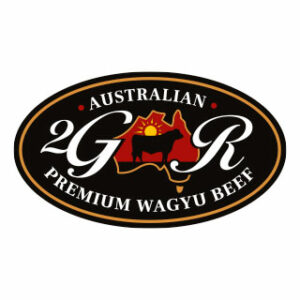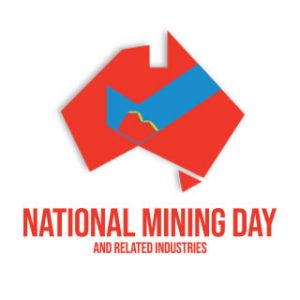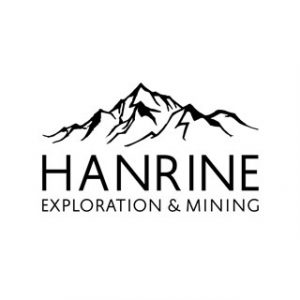
Annual production at Hancock Prospecting’s proposed Mulga Downs iron ore mine in the Pilbara has been cut from 20 million tonnes to 12mt after the miner slashed the project footprint.
Documents published by WA’s Environmental Protection Authority show it has consented to multiple changes to the project.
The overall development envelope has been cut by 32 per cent to 16,848 hectares while the disturbance footprint has been reduced by 48 per cent to 4,339 ha.
The changes include the removal of two proposed mining pits – Anticline South and Horseshoe South.
The project update also discloses plans to remove the wet processing facility and tailings storage facility.
This will lead to a reduction of groundwater abstraction from 36.5 gigalitres per annum (GL/a) to 12 GL/a.
The EPA said the proposed changes are likely to have a number of positive effects, including reduce impacts to flora and vegetation and terrestrial fauna species and habitat.
They are also likely to reduce direct impacts to Aboriginal cultural heritage as the development area no longer intersects with the site known as Mungurrdu.
The project will also have a reduced impact on inland waters and reduce greenhouse gas emissions.
The project update comes after Hancock and its executive chairman Gina Rinehart have repeatedly criticised the slow approvals process for mining projects.
Just last month, the company lamented that it took three-and-a-half years to gain the final environmental approval from the federal government for its McPhee Creek iron ore mine.
The group’s CEO Projects Sanjiv Manchanda said McPhee Creek has a very small footprint, with annual production of 10 million tonnes, and will use existing processing, rail and port infrastructure.
“Yet (it) was referred for a long approval process in early 2021 and has experienced a multitude of challenges from changes to heritage legislation, and changes to federal environment guidelines,” he said.
Mrs Rinehart has stated that mining investment will continue to move offshore “if we keep bringing in policies and adding government tape that keep attacking the mining golden geese”.
Despite that, Mulga Downs is one of several projects Hancock is aiming to develop in Western Australia.
Another is the Ridley magnetite project.
Mr Manchanda told Business News in July 2023 that he had been aiming for a final sign-off on these projects last year.
“Ridley is progressing in parallel (with Mulga Downs) with a similar intensity to get to a final investment decision towards the end of the year or early next year,” he said.
That timeline has well and truly passed.
Hancock is also working on development of the Mulga Downs hub, which had been earmarked to receive up to 40mt of ore per year from multiple mines.
The ore will be transported on a new 70-kilometre rail spur to an existing rail line to Port Hedland.
At the port, the group has won the rights to develop a new shipping berth in joint venture with Mineral Resources.
It was three years ago that the two groups signed an agreement to pursue this opportunity and more than two-and-a-half years ago that their joint venture was awarded a new capacity allocation.
Both companies are still pursuing relevant approvals for the South West Creek project.
One more project on Hancock’s radar is the Mt Bevan magnetite development, jointly owned by ASX-listed explorers Legacy Iron Ore and Hawthorn Resources.
A pre-feasibility study completed this year put a $5 billion price tag on the project, which would produce 12mtpa of magnetite concentrate over 25 years.















